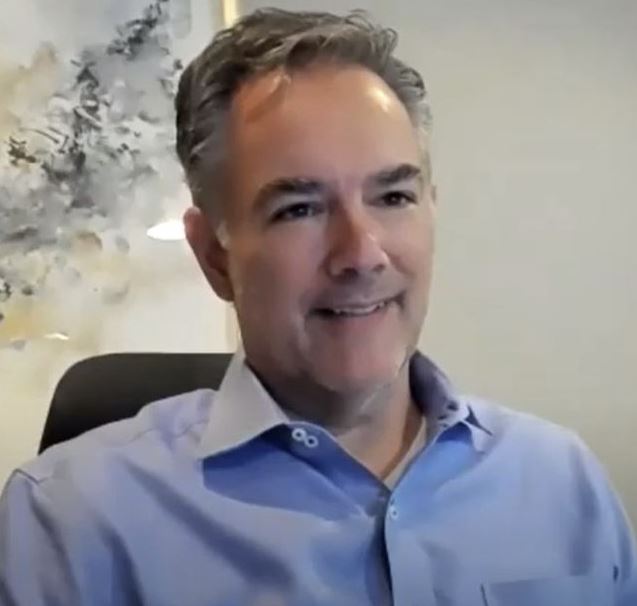Betting big on the cloud is a smart move for channel pros, Hewlett Packard Enterprise believes. Betting exclusively on the public cloud, the company believes, is less wise.
“70 percent of workloads aren’t in the public cloud, and it’s not for lack of trying,” says George Hope, HPE’s worldwide head of partner sales. “People just can’t push all the workloads into the cloud.”
They can and very much wish to extend the flexibility, scalability, and OPEX economics of public cloud computing to their on-premises applications though, continues Hope, who discussed similar themes on the most recent episode of the ChannelPro Weekly podcast.
“Cloud is an experience. It’s not a destination,” he says, quoting a favorite phrase coined by HPE chief executive officer and president Antonio Neri.
HPE GreenLake is the foundation of the company’s strategy for bringing that experience to workloads that don’t yet reside in environments like Amazon Web Services and Microsoft Azure, and possibly never will. The solution allows businesses to buy and pay for private cloud infrastructure and application capacity on an as-a-service basis using hardware located in their own data center, a co-located facility, or a remote site operated by HPE itself or one of its partners. The provisioning and management experience is designed to be identical regardless of which options users select.
HPE has been steadily adding software options to GreenLake since the platform’s debut in 2017, including Microsoft’s Azure Stack hyperconverged infrastructure system and SQL Server database two months ago. The company acquired Zerto for $374 million last month as well to add disaster recovery, ransomware protection, and data and application mobility capabilities to GreenLake.
A growing set of management tools for the platform have included a Data Services Cloud Console for administering storage since May and a Compute Cloud Console for compute management since June. GreenLake Lighthouse, an automated cloud service configuration system, debuted that same month.
Sales of GreenLake have been growing fast. Orders were up 41% year-over-year during HPE’s most recent fiscal quarter and annual recurring revenue was up 30%. According to Hope, moreover, the roughly 1,000 partners reselling GreenLake at present are responsible for an expanding portion of that success.
“We’re growing the partner business faster than we’re growing the direct business,” he says.
Though the enterprise market, GreenLake’s original target, remains priority number one for HPE, smaller organizations have shown interest in the platform too. “It’s resonating everywhere,” says Hope of GreenLake’s value proposition.
HPE has been gradually adding options for mid-market buyers and larger SMBs in recent years. Its core approach to the rest of the SMB spectrum revolves around the GreenLake Swift program, which offers standardized configurations through distributors, and Cloud28+, a community of cloud service providers that currently has more than 1,300 members in over 100 countries.
That strategy is in keeping with a broader policy to steer mid-market and SMB deals exclusively through partners that went into effect last year. “Partners often say, from my experience, that their margin is inversely proportional to our involvement,” Hope notes. “The more the vendor’s involved, the less the partner’s going to make. The more the partner leads it, the more the partner can make.” Turning mid-market and SMB into partner-led segments, he continues, gives channel pros the latitude to “control their own destiny.”
There’s more spending for partners to go after this year than last too. Infrastructure spending among SMBs has bounced back from last year’s pandemic-related drop, according to Hope, though not all the way back to pre-pandemic levels.
“Our goal is to get to 2019 numbers, and from an SMB perspective we’re not there yet,” he says. “We should be there within a couple of quarters.”
To accelerate that process, HPE plans to provide more financing assistance of the kind it’s been offering since last April, when it rolled out $2 billion of supplemental credit. “We’re going to continue to do that next year and support them with more resources and give them the opportunity to keep building it, because we think we’re underpenetrated down there,” Hope says of SMBs.
Also on the horizon, Hope hints, are changes to HPE’s partner program designed to help members with multiple business models maintain a single relationship with the company. “We’re seeing the lines blur between reseller and SI and service provider and ISV,” notes Hope, echoing observations that led Intel to consolidate multiple partner programs earlier this year.
HPE’s 2022 fiscal year will begin November 1st.














